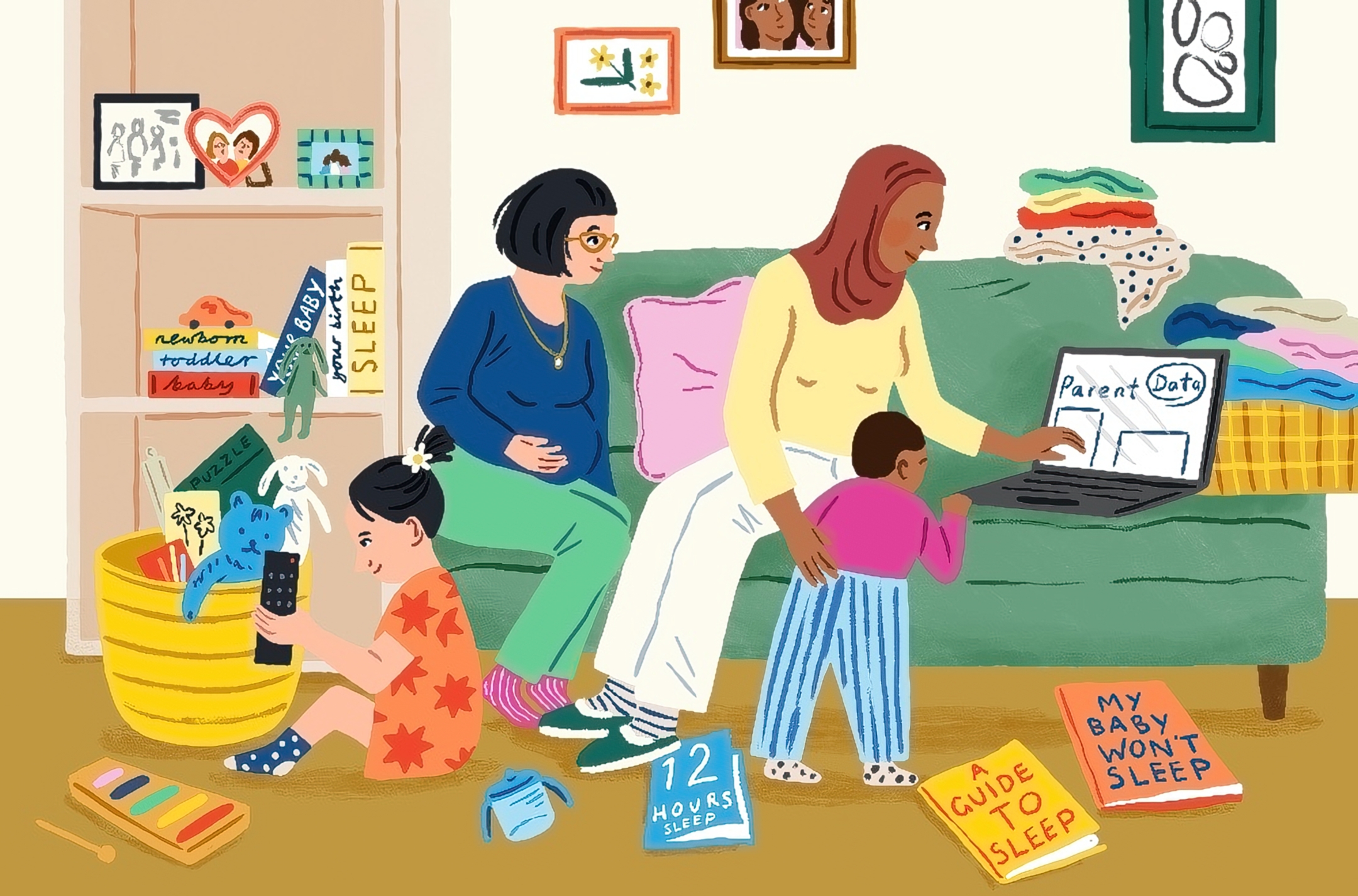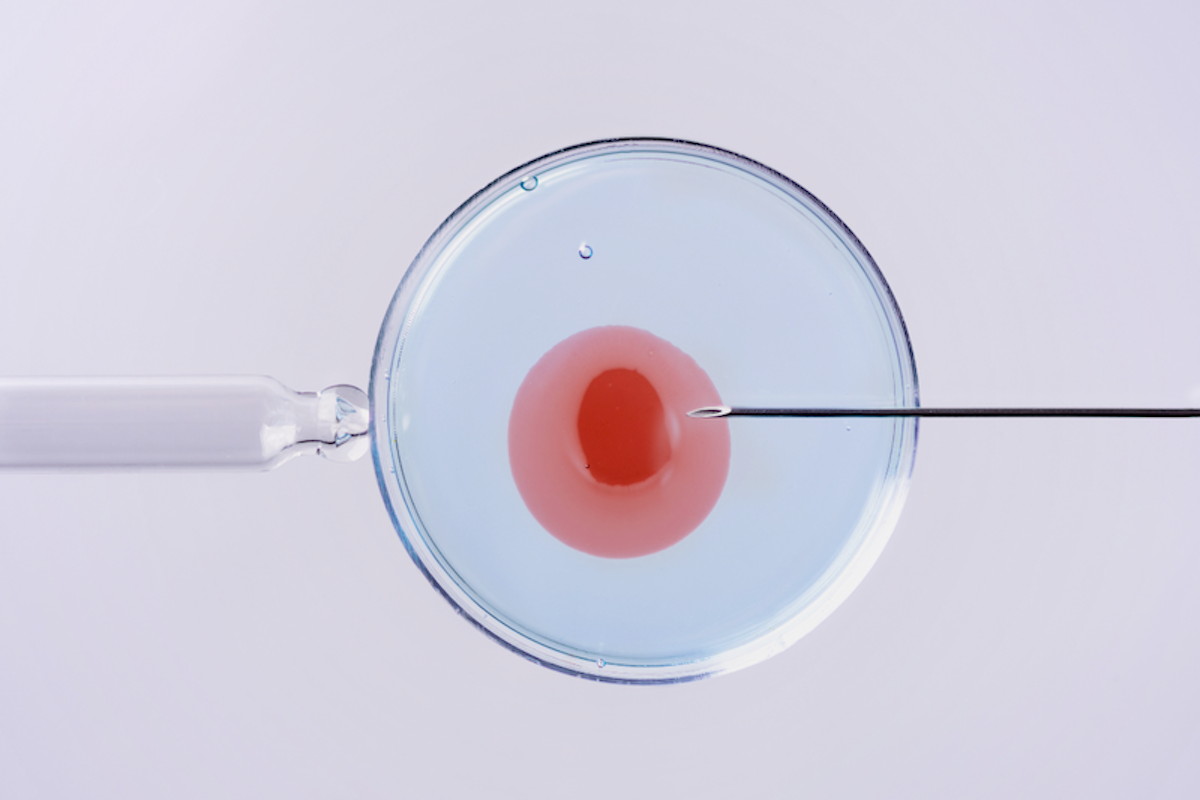Our IVF clinic is strongly averse to implanting two embryos, and thereby increasing the chances of twins. But I love the idea of twins, and I know so many friends who implant twins with a surrogate. Are the risks associated with a twin pregnancy overblown?
—Double the trouble
This is one of the top things I am asked by patients, likely because many people’s ideal family size includes two children. The idea of a “one and done” pregnancy might sound good in theory, especially after a long fertility journey. Unfortunately, the risks of twin pregnancies are real, and that’s why twins really aren’t something we are shooting for with fertility treatments, even after IVF.

Because you asked about transferring two embryos, I’m going to focus on dichorionic-diamniotic, or di-di, (fraternal) twins — twins who each have their own placenta and amniotic sac — although other types of twins also have the risks I’m going to mention (monochorionic twins, or twins sharing a placenta, have their own special risks). Though these types of twins do happen without fertility treatment, there is no doubt that carrying twins opens both the person carrying the pregnancy and the babies up to more risk.
What kind of risks? Take the rate of preterm delivery. According to the March of Dimes, in 2023 62.7% of twins were born before 37 weeks, compared with 8.7% of singleton (one baby) pregnancies. That’s a seven-fold increase. But when we’re talking about prematurity, weeks and even days matter. So being born at 36 weeks is very different from being born at, say, 32 weeks. Being born before 32 weeks is associated with a number of serious complications, including cerebral palsy and death. About 1.6% of singletons are born before 32 weeks, compared with 10.7% of twins, again a tremendous increase. Similar trends are seen with risks of gestational diabetes, hypertensive disorders of pregnancy, C-section, and postpartum hemorrhage. All of this is why multifetal gestation (twins or more) is the biggest risk of treatments like IVF.
So transferring one embryo at a time is very often the best choice, though be aware that there is a very small chance that the embryo will split and you end up with twins anyway.
Community Guidelines











Log in